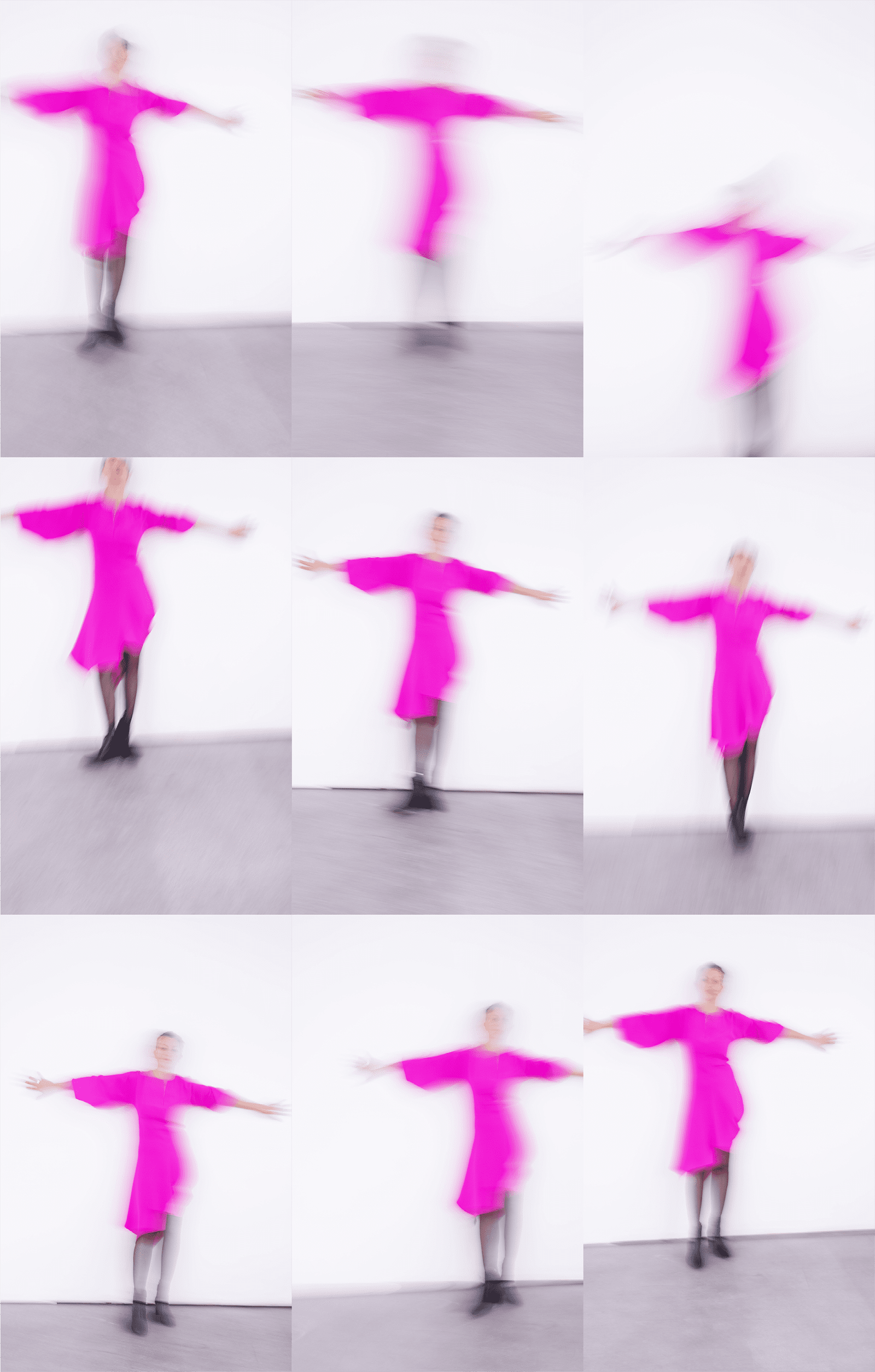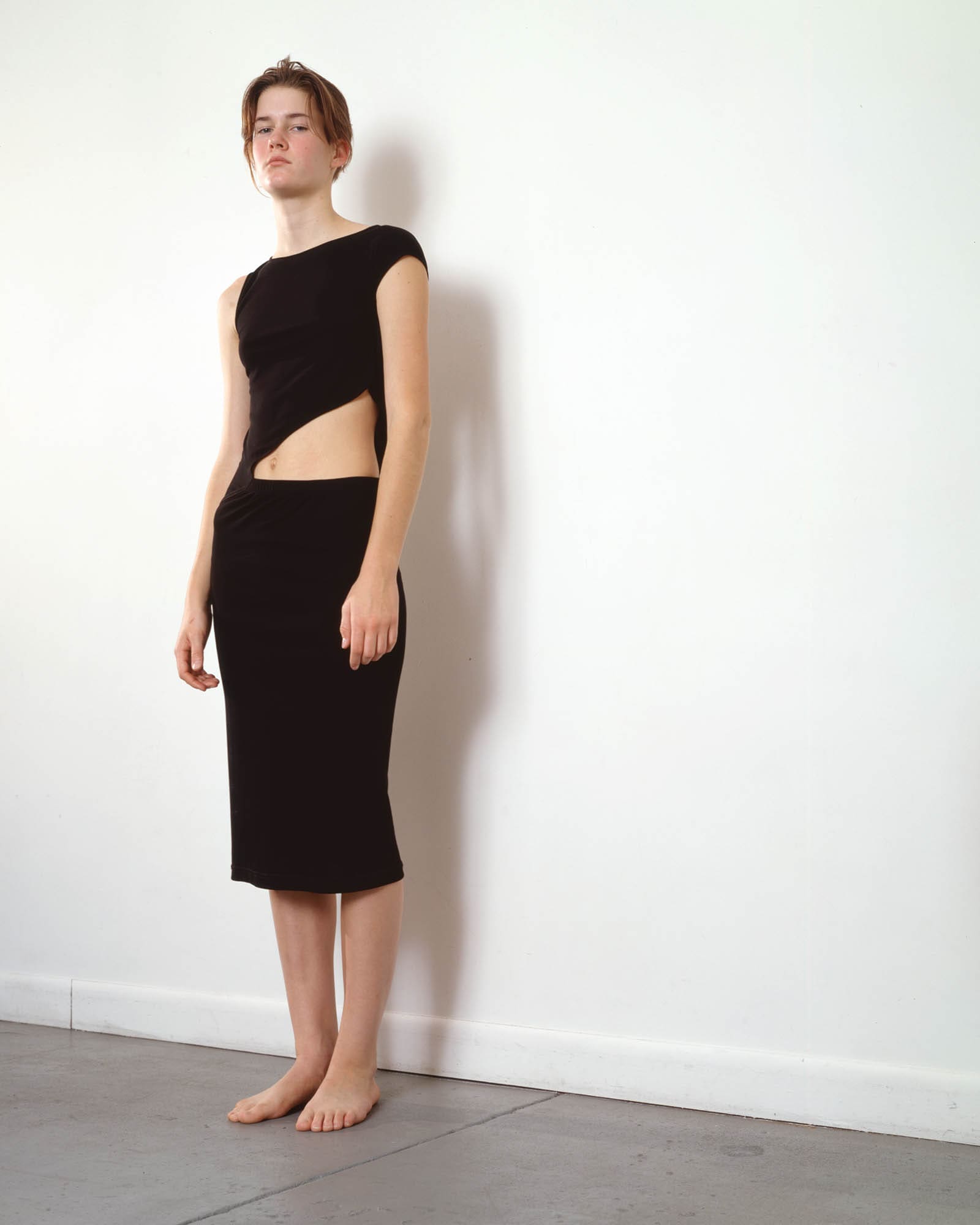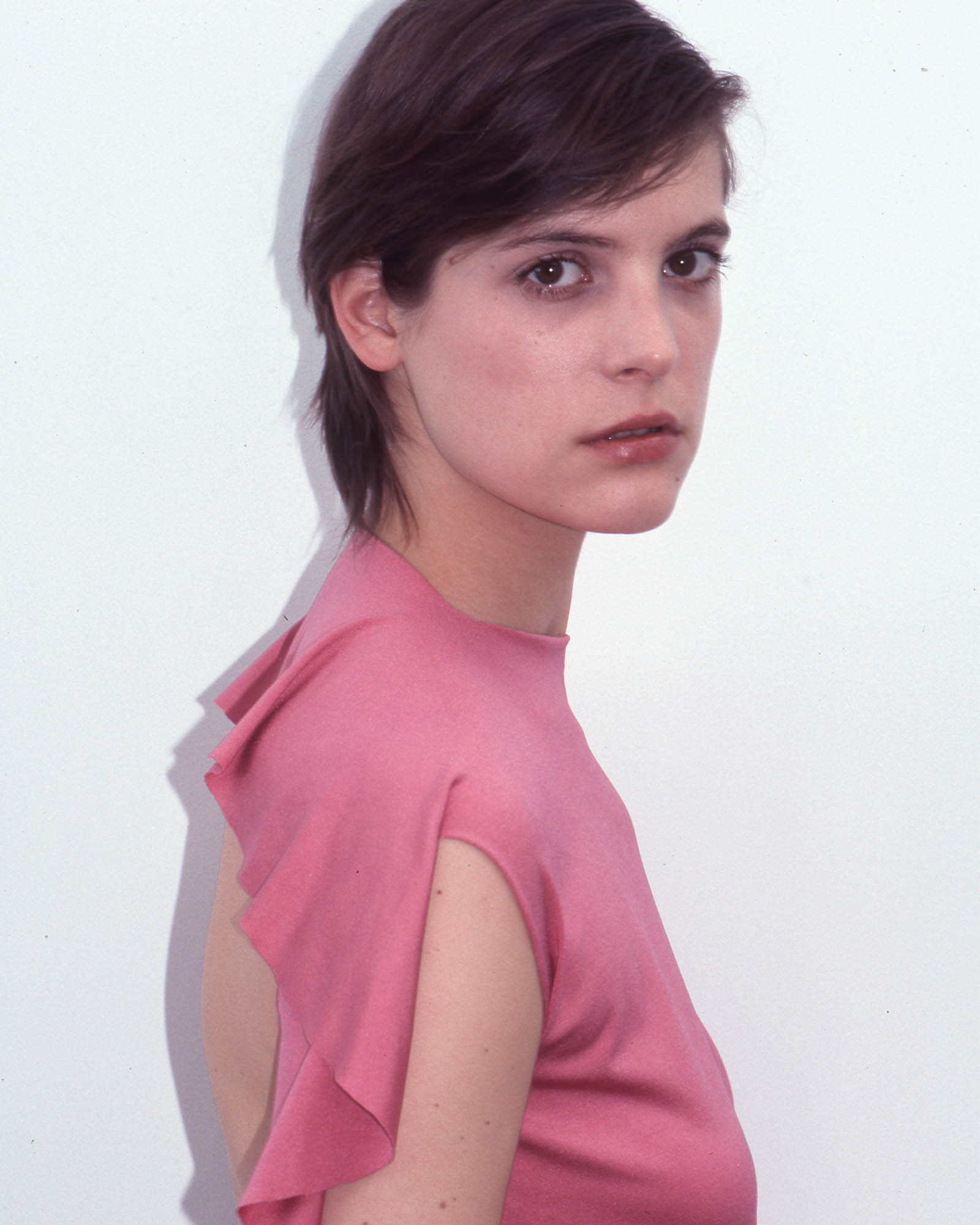A masterclass on consistency, NYC-based designer Maria Cornejo seizes the CFDA’s Lifetime Achievement Award after two decades in the industry.
In a time of increasingly rapid news cycles, is staying anonymous the real key to longevity?
For fashion designer Maria Cornejo, the answer is yes and no.
On the 25th year of her brand Zero by Maria Cornejo, the Chilean-born creative director was granted the CFDA’s Geoffrey Beene lifetime achievement award, effectively propelling her to the limelight. As the cultural conversation surrounding quiet luxury and conscious consumption reaches its peak, this acclaim sheds light to the macrotrend’s finer details and its numerous permutations, one that has been in the making since more than two decades.

“It’s a great recognition, not for being flavor of the month but for steady slow progress, of still being here 25 years later,” she shares, adjusting her wool scarf. It is mid-December when we catch her in her Manhattan office. “I never wanted to be in fashion because I knew that if you were in, you would be out.”
A desire to go against the traditional fashion cycle is a common denominator among many designers, but what sets Cornejo apart is her insistence on a hands-on approach. Nestled in her New York atelier is virtually the entire design and production process of the brand: from brainstorming and development to prototyping and even sales. “All the samples, we make in-house,” notes Cornejo. “Unlike other companies where you would send specs and then maybe six weeks later you would get a sample, here, it’s much more organic. I want to see everything—the stitching, the color of the zipper, the cut. It’s very involved.”
And it shows. A look through her archive reveals an eye for architectural proportions and masterful drapings, seemingly guided by the same invisible hand. The tell-tale signs of relentless and engaged creation are evident with every curved ruching, on the comforting sheen of a silk-blend chemise, and the soft finishing on her superfine cashmere knits.
However, the fabric is only half of the story. Cornejo’s exacting genius lies in her understanding of morphology, highlighting the importance of proximity and synergy in her process. “I think you can tell when you work with the body or when you work closely with people all the time. It shows in the final product. It’s not a sketch, it’s not a flat thing. It’s 3D,” she muses before revealing: “I really wanted to create a creative atelier, this idea of making something in the same space it was going to be sold. There is a sort of alliance there.”


Cornejo touches on another vital aspect of her operations: her quasi-quotidian presence on the shop floor, located on the ground level of the brand’s headquarters. Less as a fixture but more as a hovering passer-by, only more observant, strategic in her curiosity. “Sometimes, I go and say hello to clients when I’m walking through. We have a lot of creative clients, they’re independent thinkers, they don’t follow trends, and they’re pretty sure of themselves. It’s mostly friends bringing other friends, somebody sees something on somebody and they send them in. It’s all been very organic.”
To nurture this contact and to do it correctly for a year or two brings you a loyal clientele. Do this correctly for a decade and you have a community. The hushed, cult-like following of Cornejo’s brand is impressive, if not logical. In the zeitgeist of stealth wealth, she understood early on how to serenely reach out to her audience, to listen. Establish communications whose meaning is amplified because it sits right below the frequency of mainstream conversations. In such close huddles, it is very easy to spot authenticity, and therefore to stay loyal.
“I try to work with my team to design things that are timeless,” Cornejo concludes. “The biggest compliment I receive is when people go, ‘Oh, I have your dresses from 20 years ago. I still wear it.’”

When we talk about staples and classics, we imagine grays and neutrals, and surely this is a proven way to sartorial longevity. However, Zero’s timeless appeal reads a bit more joyful. Electric. Undercut with punchy colors and atypical silhouettes. A decadent velvet in a commanding yellow marigold or a persistent tangerine silk dress swirled with a sash of shocking pink. It reminds us that we hold on and go back to certain pieces not just for wearability but also for the excitement we feel when we wear them.
All things considered, it is clear that Cornejo utilizes all the colors in her toolbox, painting a portrait that is at once remarkable and optimistic. Time-consuming and painstaking, eased only by her passion and the mutual belief shared between Cornejo and her peers. Through the decades in the industry, she illustrates that one can keep in a corner, consistently toil, and still make it. That sincere hard work will eventually pay off and be recognized. That for talent to be significant, it must be grounded on intuition and a clear sense of identity.
“Fashion isn’t easy at the moment,” she declares. Through this special period, Cornejo gives us a commodity even more valuable than pure Italian suede or vicuña. She gives us hope.
- Tina Maristela Ocampo Unearths 12 Photos From Her Archive: “There’s Got To Be Fire, Enough To Burn The Studio”
- When The Designer Becomes The Muse: The Most Stylish Fashion Designers In Street Style
- From Head To Hands: The Journey Behind Fashion And Lifestyle Brand Halohalo
- Phoenix Rising: Francis Libiran Celebrates 25 Years In Fashion
